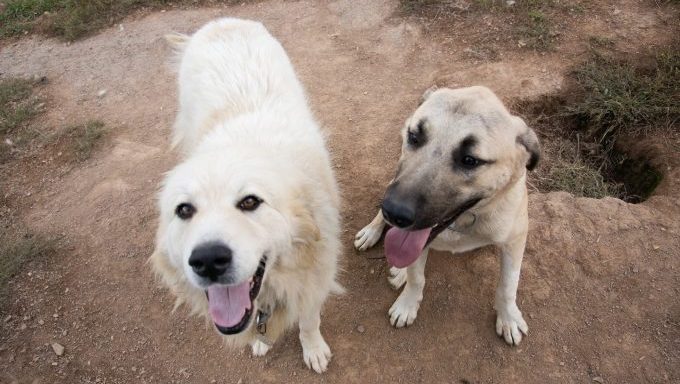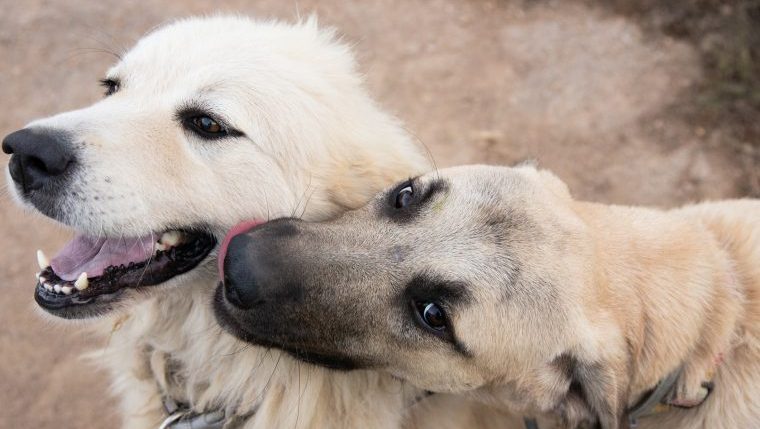
Livestock guardian dogs (LGDs) are critical in safeguarding your livestock from predators. Choosing the right dog for the job is crucial. However, some farmers and ranchers believe that there is a difference between male and female LGDs. What are those differences? Should you favor one gender over the other? Let’s dive into the common traits of both male and female livestock guardian dogs so you can make an informed decision for your homestead.
Common traits of male livestock guardian dogs
Male LGDs are typically larger and more muscular than females, making them intimidating to predators. They’re territorial and can be aggressive, which is excellent for protection, but not always ideal for training. Proper socialization is essential to prevent them from becoming too aggressive toward other animals and humans.
Also, male LGDs may be more likely to roam. While this behavior may help patrol the perimeter of your homestead, you will also have to keep an eye on their whereabouts. Marking territory with urine is common among male LGDs, an excellent deterrent for predators. However, male LGDs may get distracted when in proximity to female LGDs in heat. Finally, because male LGDs mature at a slower rate than females, they might take longer to train.
Common traits of female livestock guardian dogs
Female LGDs are usually smaller and less muscular than males, but they tend to have strong maternal instincts. They’re generally nurturing and gentle with livestock. Additionally, they may bond more quickly with their owners and be more obedient. However, they may distract your male LGDs and attract outside dogs when in heat. Also, multiple pregnancies can be a strain on female LGDs’ bodies and force them to retire earlier than male LGDs. Finally, female LGDs may not be as effective at physically defending livestock if they are caring for a litter of puppies.
Should you neuter or spay your LGDs?
Neutering or spaying your LGD can have both benefits and drawbacks. Neutering can help reduce aggression in male LGDs while spaying eliminates the possibility of unwanted litters in females. Some believe that neutering or spaying can “level the playing field” between male and female LGDs.
According to For Love of Livestock, when it comes to female LGDs, “you may want to spay if you never plan on breeding. Heat cycles can disrupt protection by distracting the female LGD and can potentially draw in male dogs. Any non-spayed female will always be at risk for pregnancy. Although not common, female dogs can interbreed with wolves and coyotes.”
Ultimately, the decision of whether to spay or neuter your LGDs is a personal one. Always consult your vet for guidance if you are unsure what is best for your doggos.
Gender is not a guarantee
Choosing between a male or female LGD ultimately depends on personal preference and what you’re looking for in a dog. While each gender has unique traits and characteristics, proper training, socialization, and supervision are crucial to the success of any LGD.
Finally, a disclaimer: much of what is known about male and female LGDs is based on anecdotal, not scientific, evidence. Just like breed, gender is not a guarantee of any individual dog’s behavior or personality. For all we know, assigning traits to canine gender is akin to endorsing one of the many myths about LGDs.
Now that you know all about male versus female livestock guardian dogs, check out the best dog breeds for your homestead and the best breeds to be homestead guardian dogs!
ChatGPT assisted in the creation of this article.




